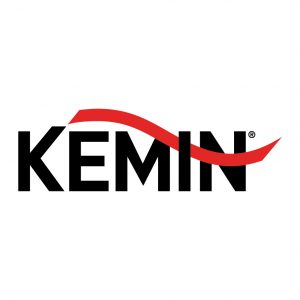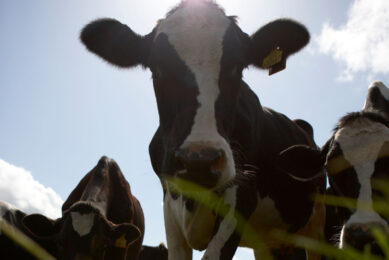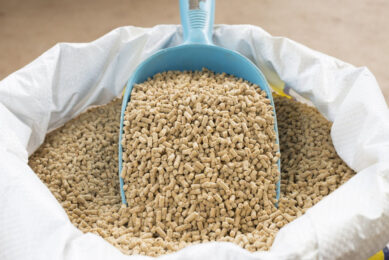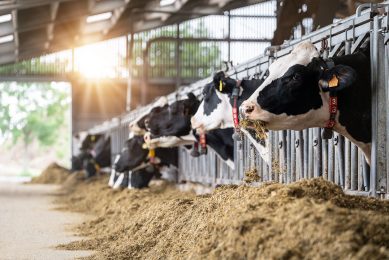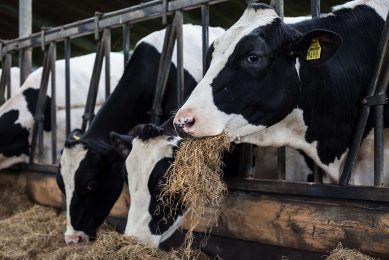All-in-one strategy to battle mycotoxicosis in broilers
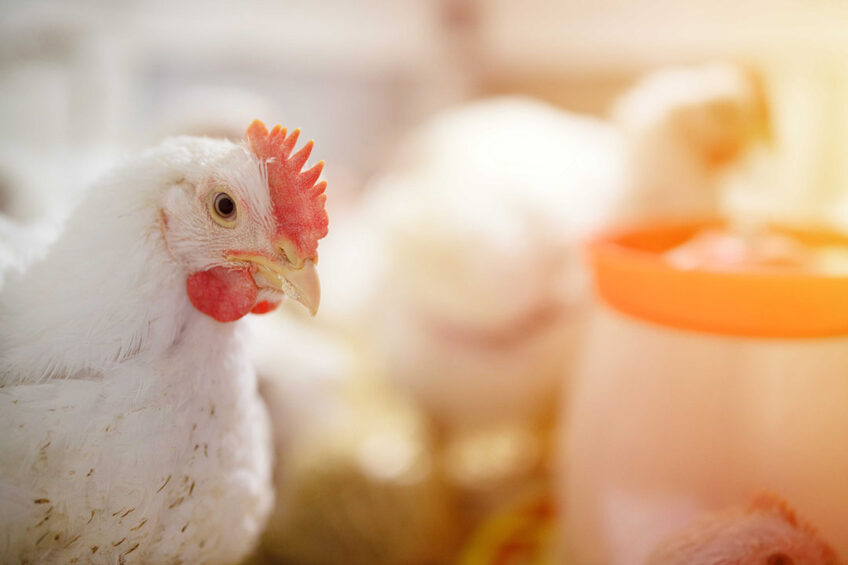
The presence of mycotoxins in the poultry feed, especially DON, T-2, and OTA can lead to clinical or sub-clinical mycotoxicosis depending on the quantity and duration of exposure. In an all-in-one strategy, Toxfin Care offers extensive protection against mycotoxins in poultry production.
Effects of trichothecenes and OTA on poultry health
When the temperature and humidity are conducive, moulds and multicellular fungi thrive and easily infest cereals and grains intended for animal feed. Mycotoxins are fungal secondary metabolites and a big concern for the animal industry. Toxigenic fungal species, like Fusarium produce deoxynivalenol (DON), T-2 and Ht-2 toxins belonging to the trichothecenes family, Aspergillus and Penicillium produce Ochratoxin A (OTA). These biologically active metabolites are notorious for their potency to disrupt cellular functions of intestines, kidney, liver, and immunological pathways in livestock.
Poultry afflicted by high concentrations of OTA in their system exhibit reduced feed consumption and stymied growth rate. In addition, OTA poses a considerable threat to the renal metabolic functions by disrupting the enzymatic reactions involved in the regular functioning of the kidneys. Despite a heightened resistance towards DON shown by poultry species, DON-induced mycotoxicosis is still highly prevalent. Chronic exposure to high concentrations of DON causes dysregulation of the basic immune functions by tapering the expression of cytokines involved in immune reactions to invading pathogens. Concomitantly, the animal’s ability to immunologically respond to vaccinations becomes compromised. Trichothecenes upon reaching the gastrointestinal tract (GIT), impair the viability of intestinal cells making the animals vulnerable to undesirable pathogenic infestations.
A holistic solution to tackle mycotoxicosis
In 2022, around 700 feed samples (e.g., finished feed, cereals/grains, silage) collected from the EU region, were analysed for mycotoxins (Customer Lab Services, Kemin). 59% of the samples tested positive for DON, 41% for T-2/Ht-2 and 12% for OTA. As for mycotoxin co-occurrence, 31% of the samples were positive for three or more mycotoxins. The toxicological spectrum of each mycotoxin varies, and more research is under way to highlight the antagonistic effects of multi-mycotoxin exposure.
A holistic solution to mitigate the deleterious effects of fungal mycotoxins is by preventing the mycotoxins from entering the gut along with an aid to safeguard immunity. Toxfin Care is an all-in-one strategy that ensures an extensive protection against mycotoxins by reducing their bioavailability in the animal gut, preventing oxidative stress, and positively modulating the immune functions.
Managing single and multi-mycotoxin contamination
Two independent trials (single and multi-mycotoxin) involving ROSS 308 broilers were set up with three treatment groups: a negative control group of broilers receiving feed without mycotoxin contamination, a positive control group of broilers receiving mycotoxin contaminated feed and a treatment group of broilers receiving mycotoxin contaminated feed supplemented with the mycotoxin management solution at a dosage of 2kg/ton of feed.
The single mycotoxin study involved broilers consuming feed contaminated with 800 ppb of T-2. Intestinal histology was performed on day 14 and a series of blood biochemical parameters were quantified on day 35. Quantification of creatinine as a biomarker for kidney health and malondialdehyde (MDA) for oxidative stress showed that the mycotoxin management solution improved kidney health by significantly (p<0.001) decreasing the creatinine levels by 14% compared to positive control (Figure 1). A numerical decrease in MDA due to the mycotoxin management solution was observed compared to positive control. The alleviation of cytotoxic effects of T-2 by Toxfin care was evident by a 17.6 % increase in villi to crypt ratio compared to positive control.
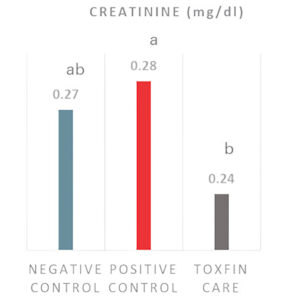
The liver status of the broilers was assessed by evaluating the liver weight and liver colour. T-2 infestation significantly led to pale, swollen liver compared to healthy broilers (negative control). Toxfin care led to a 25% reduction (p<0.001) in liver weight compared to positive control.
Further, the multi-mycotoxin study involved broilers consuming feed contaminated with 800 ppb of T-2 toxin, 450 ppb of DON and 100 ppb of OTA. On day 14 and 35, uric acid as an indicator of kidney functioning was quantified. Mycotoxin combination disrupted the renal functioning which reflected in a numerical increase of blood uric acid levels at day14 and 35 compared to negative control. Toxfin care effectively reduced uric acid levels by 11.1% and 9.2% on days 14 and 35 respectively compared to positive control (Figure 2).
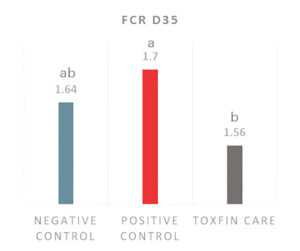
Corollary to this, the overall performance parameters evaluated at day 35 revealed an 8% (p<0.001) reduction in FCR (Feed Conversion Ratio) due to the mycotoxin management solution. The daily weight gain of broilers fed with contaminated feed significantly (p<0.001) dropped compared to negative control, but Toxfin care supplementation ensured no reduction in growth and maintained the body weight gain (BWG) the same as healthy broilers (negative control).
Conclusion
The consumption of mycotoxins, especially DON, T-2, and OTA by broilers leads to clinical or sub-clinical mycotoxicosis depending on the quantity and duration of exposure. Mycotoxin management tools are key to protect the livestock from existing mycotoxin load in feed. Despite all efforts, the problem of mycotoxicosis persists leading to long-term impairment of cellular and immunological activities. This emphasises the need for a combinatorial supplement holistically preserving the overall health of the animal.
Authors: Sayujya Ravichandran, Eric N-Guetta and Ricardo Neto


